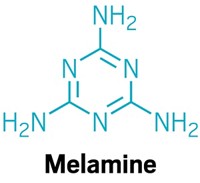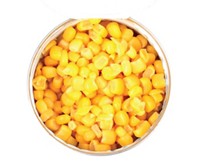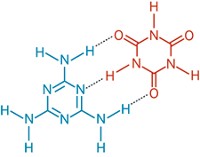Advertisement
Grab your lab coat. Let's get started
Welcome!
Welcome!
Create an account below to get 6 C&EN articles per month, receive newsletters and more - all free.
It seems this is your first time logging in online. Please enter the following information to continue.
As an ACS member you automatically get access to this site. All we need is few more details to create your reading experience.
Not you? Sign in with a different account.
Not you? Sign in with a different account.
ERROR 1
ERROR 1
ERROR 2
ERROR 2
ERROR 2
ERROR 2
ERROR 2
Password and Confirm password must match.
If you have an ACS member number, please enter it here so we can link this account to your membership. (optional)
ERROR 2
ACS values your privacy. By submitting your information, you are gaining access to C&EN and subscribing to our weekly newsletter. We use the information you provide to make your reading experience better, and we will never sell your data to third party members.
Environment
Cause Of Deaths, Illness In Pets Remains Elusive
FDA and Cornell labs find melamine but not the previously reported aminopterin in food, wheat gluten, and animal tissue
by Lois R. Ember
April 4, 2007
As the scope of the U.S. pet food recall widens to include more brands and dry as well as wet varieties, the mystery of the cause of deaths in 16 pets and illness in tens of hundreds of animals thickens.
The Food & Drug Administration and Cornell University's Animal Health Diagnostic Center report finding melamine in food and wheat gluten samples. Cornell has also detected the compound in the kidneys and urine of deceased cats.
Earlier, the New York State Food Laboratory reported finding the rodent-killing compound aminopterin in samples of pet food made by Menu Foods (C&EN, April 2, page 11). Neither FDA nor Cornell has been able to detect aminopterin in samples they analyzed.
Aminopterin is the 4-amino analog of folic acid. The analog inhibits the biosynthesis of folic acid.
Aminopterin is not registered as a rodenticide in the U.S., though it has been used to kill rodents in other parts of the world. It can cause kidney failure, especially in cats.
Melamine, a small, nitrogen-containing molecule, is used as an industrial binding agent and flame retardant and, when polymerized, as a plastic to make cooking utensils and plates. In Asia, the monomer has been used as a fertilizer, but it is not registered for that use in the U.S.
FDA believes that wheat gluten, supplied by Xuzhou Anying Biologic Technology of China, is the route of contamination of the pet food. Wheat gluten is used as a filler in dry and wet food and as a gravy thickener in wet food. FDA has barred wheat gluten imports from the company.
Xuzhou is cooperating with the FDA investigation but calls FDA's claims "rumors." It says "the situation, as depicted by these rumors, has never occurred."
Aminopterin is known to cause kidney damage in animals. Bruce L. Akey, executive director of Cornell's Animal Health Diagnostic Center, tells C&EN that neither the scientific literature nor expert opinion indicts melamine as a renal toxicant. "In fact," he says, "the literature supports the thesis that melamine has relatively low toxicity."
Despite broad-spectrum analyses of the food, wheat gluten, and tissue and urine samples, the Cornell lab has detected only the melamine monomer and none of its five by-products, such as ureidomelamine and melem. Akey says the lab lacks standards for such by-product detection. Not only has the lab not detected aminopterin, it has also not detected "other known toxicants despite extensive screening for heavy metals, ethylene glycol, mycotoxins, and minerals, to name a few," Akey says.
The three labs have all tested aliquots of the same food samples and wheat gluten, so the seemingly contradictory results are puzzling. Methodology may be one explanation. Akey says each "lab has run slightly different protocols for extraction and detection, which may account for the discrepancy."






Join the conversation
Contact the reporter
Submit a Letter to the Editor for publication
Engage with us on Twitter